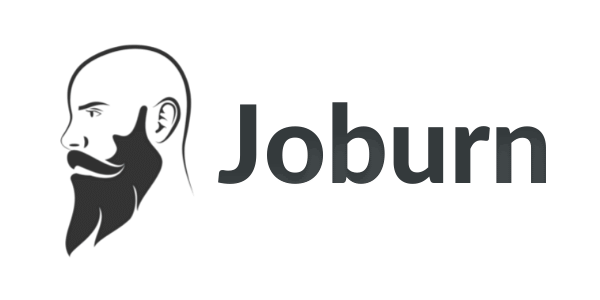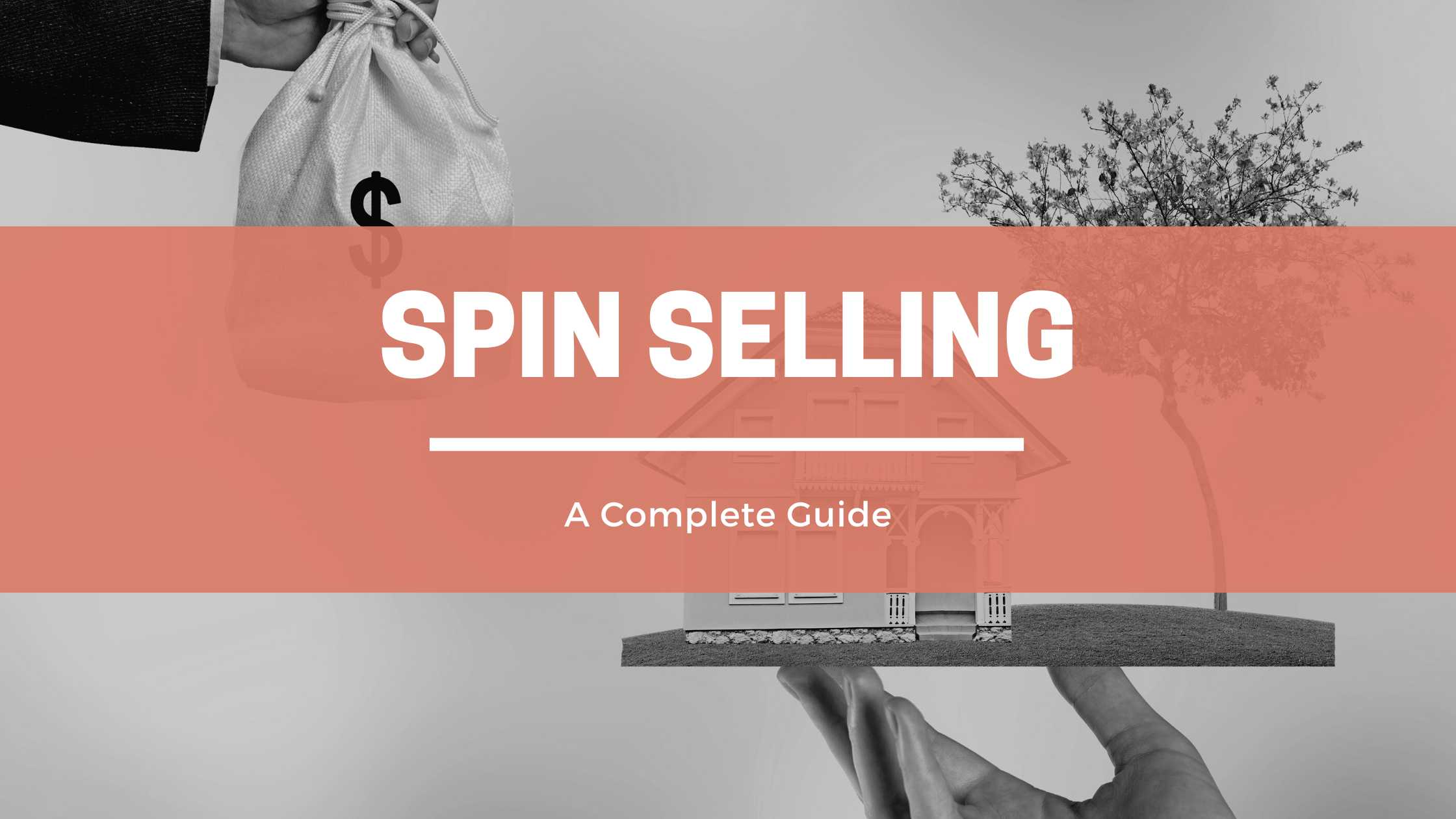SPIN selling is a popular sales technique that has been used by professionals around the world for decades
What is SPIN selling?
SPIN selling is a sales technique that was developed by Neil Rackham in the 1980s. It is based on the idea that the best way to sell a product or service is to ask a series of targeted questions that help the customer identify their own needs and the potential benefits of meeting those needs. The acronym “SPIN” stands for Situation, Problem, Implication, and Need-payoff.
What is an example of SPIN selling?
An example of SPIN selling might be a salesperson who is trying to sell a new software program to a small business owner. They might start by asking questions about the business owner’s current situation, such as what software they are using and how it is working for them. They might then move on to ask about any problems or challenges the business owner is facing with their current software, and the implications of those problems for their business. Finally, they might ask about the benefits the business owner is seeking from a new software program and how the product they are selling meets those needs.
What is the history of SPIN selling?
The history of SPIN selling can be traced back to the 1980s, when Neil Rackham published a book called “SPIN Selling” based on his research into the most effective sales techniques. Rackham’s research found that the traditional “features and benefits” approach to selling was often ineffective, and that a more consultative approach based on asking questions was more likely to lead to successful sales. Since its publication, “SPIN Selling” has become a classic in the field of sales and has influenced the way many sales professionals approach their work.
What is the importance of SPIN selling?
The importance of SPIN selling lies in its ability to help sales professionals build strong relationships with their customers and close sales more effectively. By asking targeted questions and helping customers identify their own needs, salespeople using the SPIN selling technique are able to create a more personalized and consultative sales experience. This can lead to higher customer satisfaction and loyalty, as well as increased sales.
What is the benefit of SPIN selling?
One of the key benefits of SPIN selling is that it encourages salespeople to focus on the customer’s needs rather than just presenting the features and benefits of the product or service they are selling. This can make the sales process more authentic and helpful for the customer, which can lead to better long-term relationships and more repeat business.
What is the disadvantage of SPIN selling?
One potential disadvantage of SPIN selling is that it can be time-consuming, as it requires salespeople to ask a lot of questions and listen carefully to the customer’s responses. This may not be practical in situations where there are time constraints or where the salesperson is under pressure to close a sale quickly.
What are the steps of SPIN selling?
The steps of SPIN selling typically include:
- Identifying the customer’s current situation and asking questions to gather more information.
- Identifying any problems or challenges the customer is facing in their current situation.
- Discussing the implications of those problems for the customer’s business or personal life.
- Asking about the benefits the customer is seeking from a new product or service, and how the product or service being sold meets those needs.
- Closing the sale by helping the customer see the value of the product or service and how it will solve their problems or meet their needs.
What are the 4 SPIN selling questions?
The 4 SPIN selling questions are:
- Situation questions: These are designed to help the salesperson understand the customer’s current situation, needs, and goals. Examples might include: “What software are you currently using to manage your finances?”, “What challenges are you facing with your current system?”, “How are you currently marketing your business?”
- Problem questions: These are designed to help the customer identify any problems or challenges they are facing in their current situation. Examples might include: “What difficulties do you experience when using your current software?”, “How does this problem affect your business?”, “What impact does this have on your bottom line?”
- Implication questions: These are designed to help the customer understand the potential consequences of not addressing their problems or needs. Examples might include: “What would be the impact on your business if this problem continued?”, “How would this affect your ability to meet your goals?”, “What opportunities could you be missing out on?”
- Need-payoff questions: These are designed to help the customer see the value of the product or service being sold and how it can meet their needs. Examples might include: “How does this product solve the problems you described?”, “What benefits does it offer?”, “How does it help you achieve your goals?”
Is SPIN selling still relevant?
SPIN selling is still a relevant and effective sales technique today, as it focuses on building strong relationships with customers and helping them identify their own needs and the value of a product or service. While the specific questions used in SPIN selling may vary depending on the industry and the product or service being sold, the overall principles of the technique remain the same.
What are some examples of SPIN selling questions?
What are situation questions?
Situation questions:
- “What software are you currently using to manage your finances?”
- “How do you currently handle customer inquiries?”
- “What are your biggest challenges in running your business?”
What are problem questions?
Problem questions:
- “What difficulties do you experience when using your current software?”
- “How does this problem affect your business?”
- “What impact does this have on your bottom line?”
What are implication questions?
Implication questions:
- “What would be the impact on your business if this problem continued?”
- “How would this affect your ability to meet your goals?”
- “What opportunities could you be missing out on?”
What are need payoff questions?
Need-payoff questions:
- “How does this product solve the problems you described?”
- “What benefits does it offer?”
- “How does it help you achieve your goals?”
What is the difference between SPIN and SNAP selling?
SPIN selling and SNAP selling are both sales techniques that involve asking targeted questions to help customers identify their own needs and the potential benefits of meeting those needs. However, there are some differences between the two approaches.
One key difference is that SPIN selling is focused on helping the customer understand the implications of their problems and the value of the product or service being sold. It is a more consultative approach that is designed to build long-term customer relationships. SNAP selling, on the other hand, is focused on identifying the customer’s needs and presenting a solution as quickly as possible. It is a more transactional approach that is designed to close sales quickly.
How to learn SPIN selling
To learn SPIN selling, there are several steps you can take:
- Familiarize yourself with the principles of the technique: Read books or articles about SPIN selling to understand the underlying principles and how it differs from other sales techniques.
- Practice asking questions: Practice asking the types of questions that are used in SPIN selling, such as situation, problem, implication, and need-payoff questions.
- Observe experienced salespeople: Watch experienced salespeople who use SPIN selling and pay attention to how they ask questions and build relationships with customers.
- Get feedback: Seek feedback from experienced salespeople or a mentor on your use of SPIN selling and how you can improve.
- Practice with mock sales situations: Practice using SPIN selling in mock sales situations or role-playing exercises to get a feel for how it works in practice.

